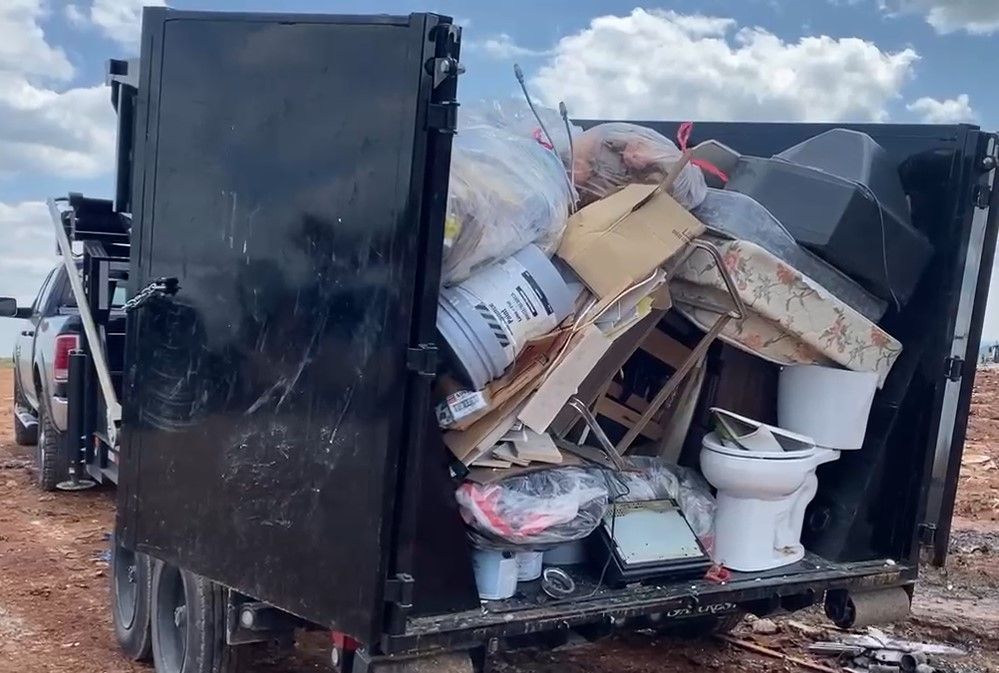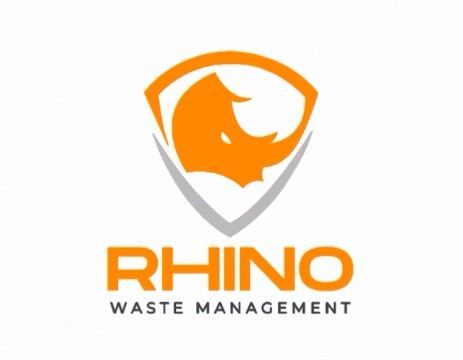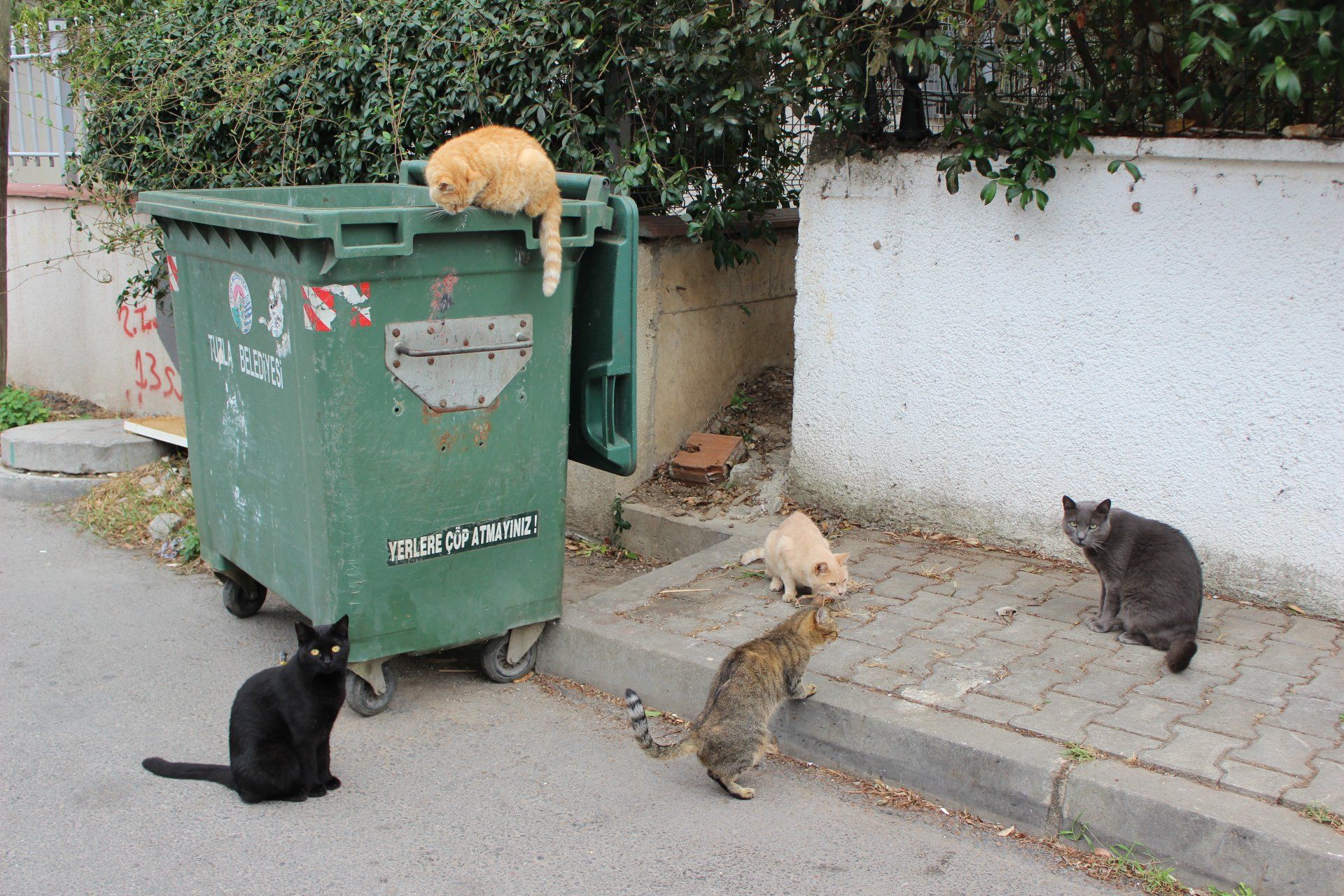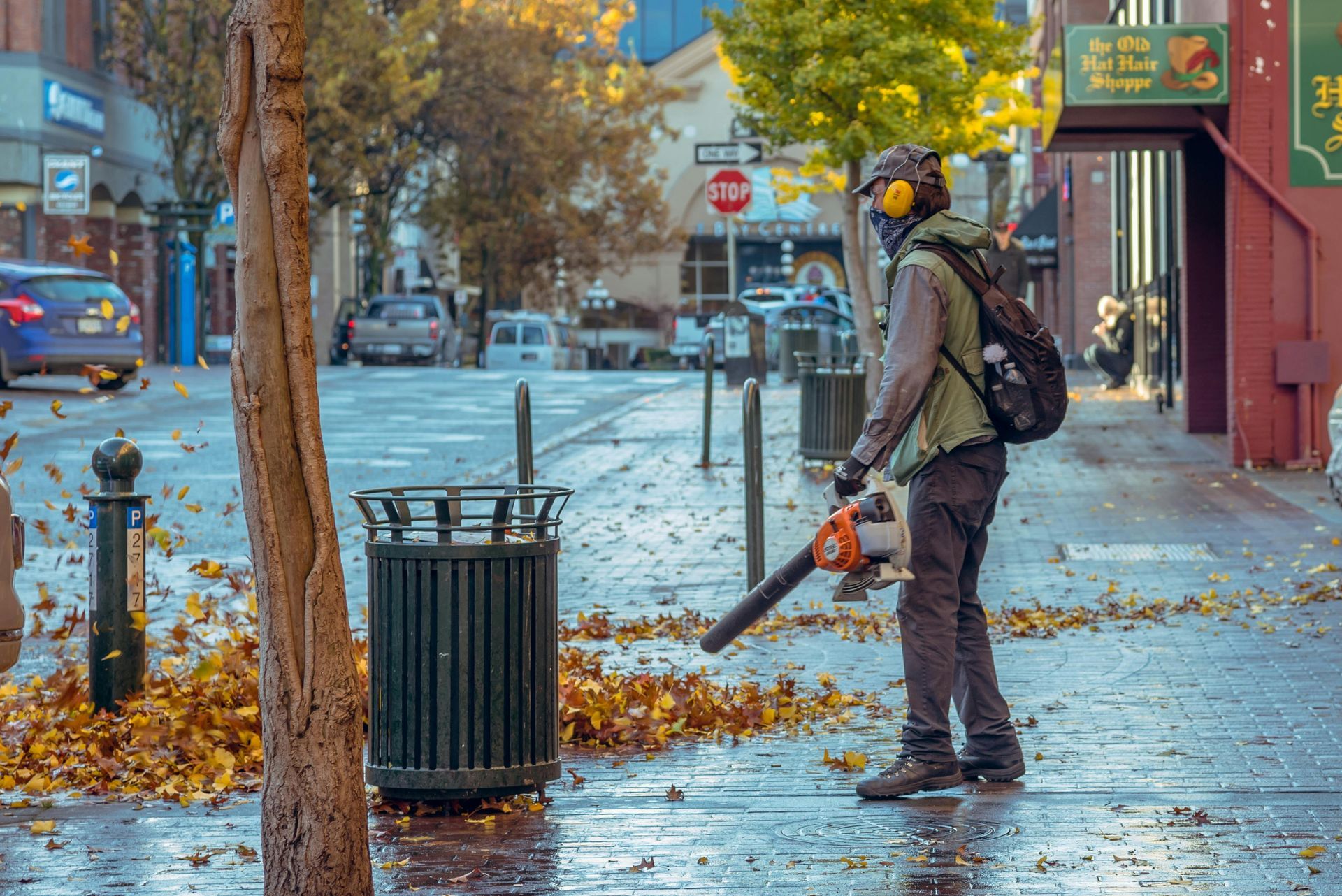Traditional Dumpsters Versus Roll-Off Dumpsters
When it comes to waste disposal, dumpsters are indispensable tools for both residential and commercial settings. However, not all dumpsters are created equal. Two common types you may encounter are traditional dumpsters and roll-off dumpsters. While they serve the same purpose of collecting and containing waste, there are key differences between the two. Let's explore these disparities to help you understand which option best suits your needs.
Traditional Dumpsters
Traditional dumpsters are commonly found behind businesses, apartment complexes, and other commercial properties. They are typically permanent fixtures and come in various sizes to accommodate different levels of waste production. Here are some key characteristics of traditional dumpsters:
Fixed Location: Traditional dumpsters are stationary and remain in one location for an extended period. They are often emptied by waste management companies on a regular schedule.
Enclosed Design: Many traditional dumpsters feature lids or covers to conceal waste and prevent unauthorized access. This design helps maintain cleanliness and aesthetics in commercial environments.
Limited Mobility: Due to their fixed location, traditional dumpsters lack mobility and cannot be easily transported from one site to another.
Roll-Off Dumpsters
Roll-off dumpsters, on the other hand, offer greater flexibility and versatility compared to their traditional counterparts. These large, open-top containers are transported to and from job sites using specially designed trucks equipped with hydraulic systems. Here are some distinguishing features of roll-off dumpsters:
Temporary Placement: Roll-off dumpsters are designed for short-term use and are commonly employed for construction projects, home renovations, and cleanouts. They can be delivered to virtually any location, making them ideal for temporary waste disposal needs.
Open-Top Design: Unlike traditional dumpsters, roll-off dumpsters feature an open-top design, allowing for easy loading of bulky items and construction debris. This accessibility facilitates efficient waste removal on job sites.
Versatility in Size: Roll-off dumpsters come in a range of sizes to accommodate different project requirements. Whether you're tackling a small-scale home renovation or a large construction project, there's a roll-off dumpster size suited to your needs.
Convenient Removal: Once filled, roll-off dumpsters can be swiftly removed from the site by the waste management company, freeing up space and allowing work to proceed without interruption.
Choosing the Right Dumpster for Your Needs
When deciding between a traditional dumpster and a roll-off dumpster, consider the duration of your project, the volume of waste generated, and the level of mobility required. If you need a permanent waste disposal solution for your business, a traditional dumpster may be the best choice. However, for temporary projects such as renovations or construction, a roll-off dumpster offers greater flexibility and convenience.
While traditional dumpsters and roll-off dumpsters serve the same fundamental purpose, their differences in design, mobility, and versatility make each option better suited to certain applications. By understanding these distinctions, you can make an informed decision and ensure efficient waste management for your specific needs.
You might also like
Bin Buzz

Book a Service Today
We will get back to you as soon as possible
Please try again later
Quick & Reliable
All Rights Reserved | Springfield Dumpster


